
Addressing Common Challenges in PCB Design for Wearable Devices
Introduction Wearable devices have become an integral part of our daily lives, from fitness trackers and smartwatches to medical monitoring

Introduction Wearable devices have become an integral part of our daily lives, from fitness trackers and smartwatches to medical monitoring

Electronics design is a balancing act. Embedded engineers constantly face the challenge of optimizing cost, size, and performance—three interconnected factors

Debugging firmware is an integral part of embedded systems development, yet it remains one of the most challenging tasks engineers
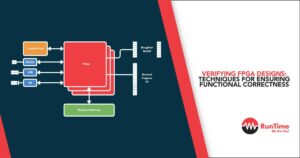
Field-Programmable Gate Arrays (FPGAs) are widely used in embedded systems due to their flexibility, performance, and scalability. Whether in telecommunications,
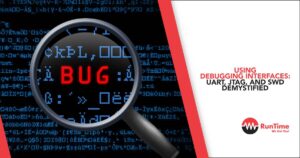
Debugging is a cornerstone of embedded engineering, and debugging interfaces are the tools that make it possible. Whether you’re tracking
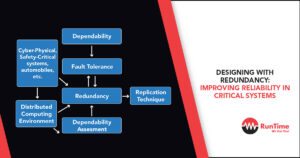
In the realm of embedded engineering, reliability is paramount, especially in critical systems where failures can lead to catastrophic consequences.
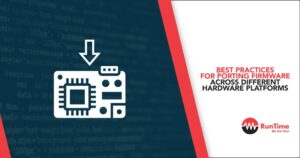
In the world of embedded systems, firmware portability is a critical skill. As technology evolves, engineers often need to migrate
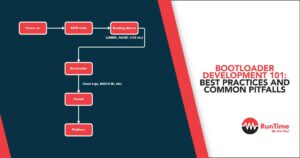
In the realm of embedded systems, the bootloader is often an unsung hero. While it operates silently in the background,
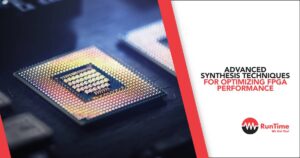
Field-Programmable Gate Arrays (FPGAs) have become the go-to hardware platform for applications requiring high performance, low latency, and unparalleled flexibility.
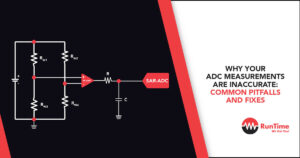
Analog-to-Digital Converters (ADCs) are a cornerstone of embedded systems, bridging the gap between the analog world and digital processing. From